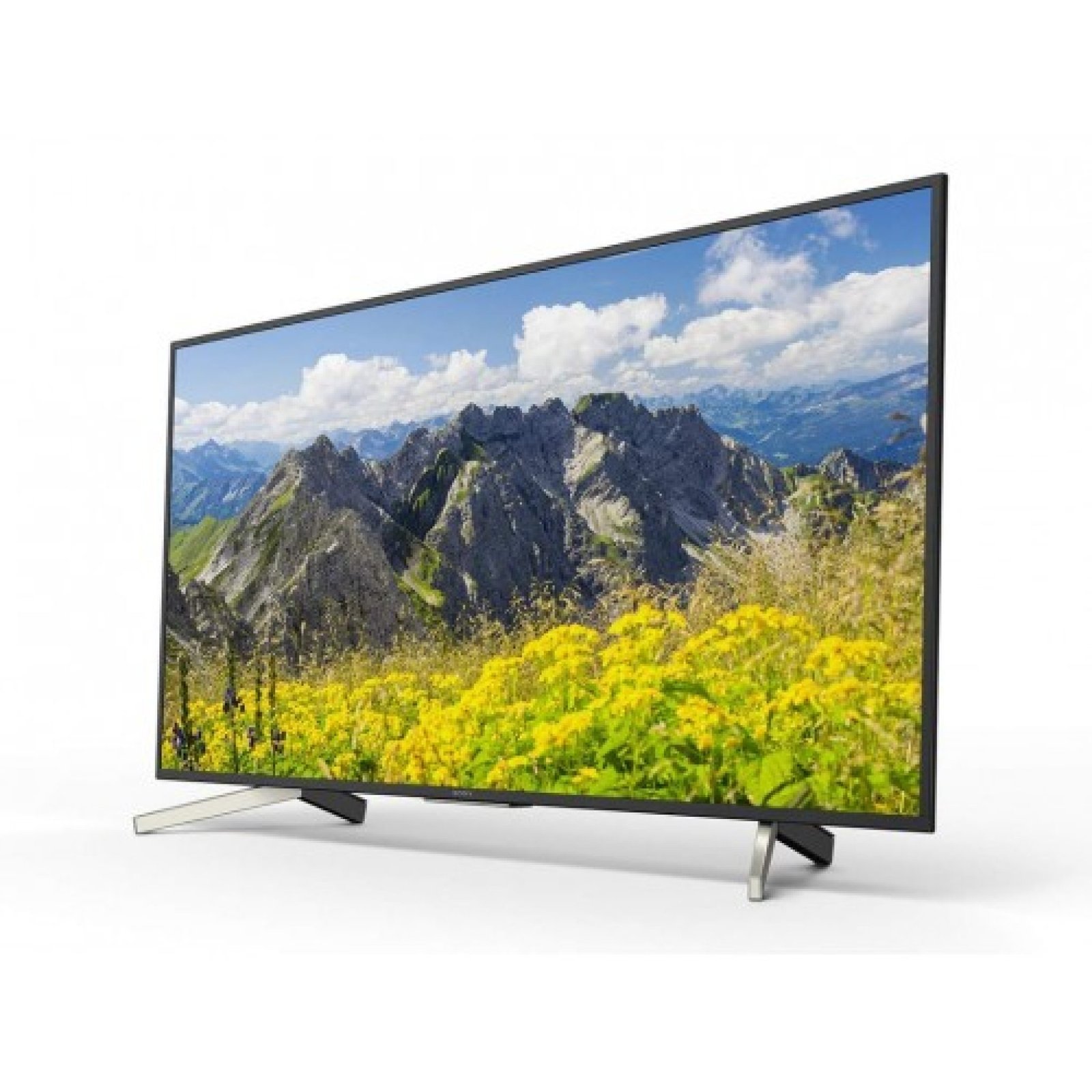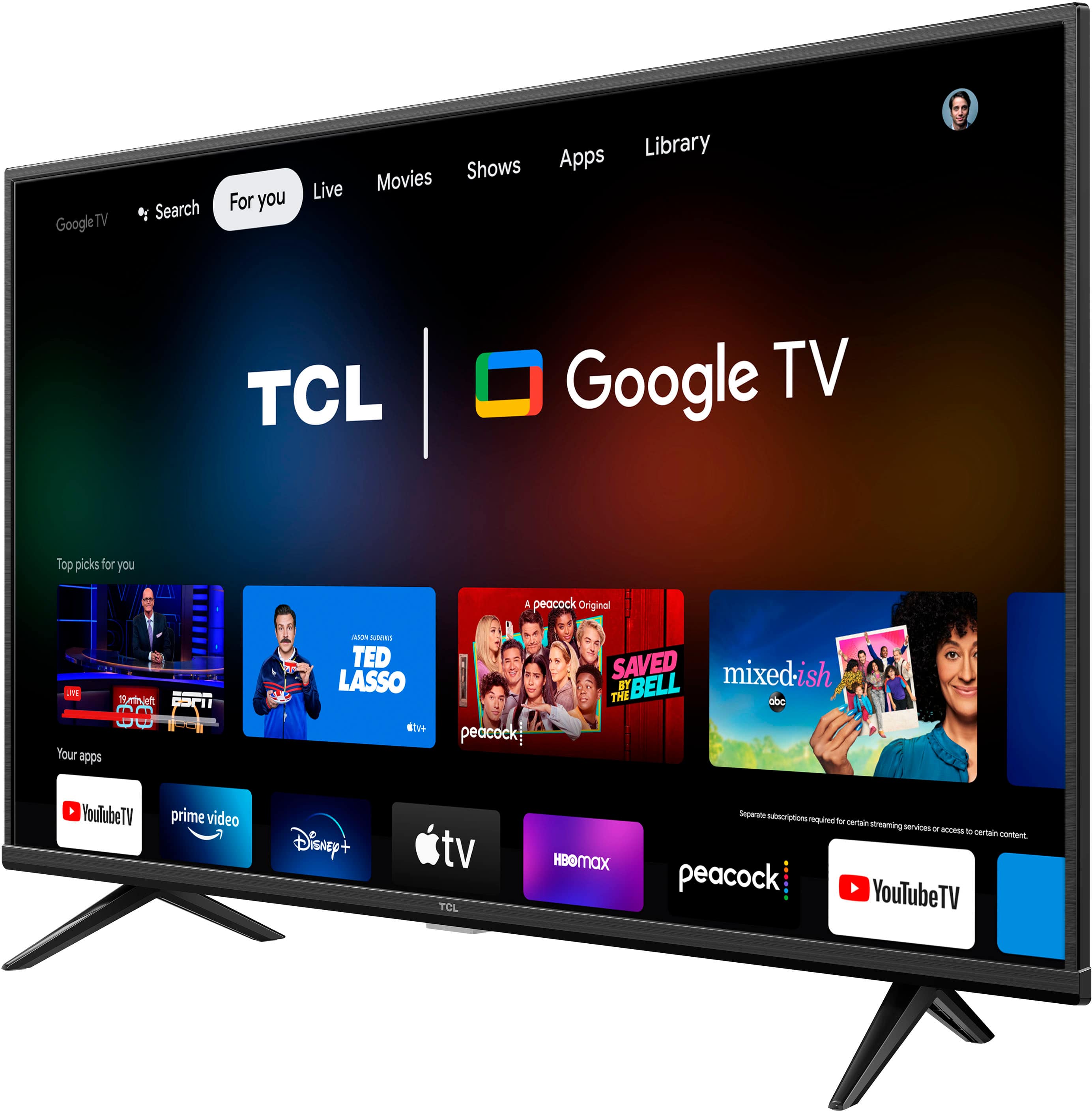Imagine a time when the screen in your living space was a brand new window to the wider world, a place where families gathered closely to share stories and laughter each evening. The 1960s brought with it a special kind of magic to homes everywhere, changing how people spent their leisure hours and connected with events far away. This period truly marked a shift, a quiet revolution happening right there in people's living rooms.
Back then, the television was often the biggest piece of furniture in a room, more than just a device, it was sort of a central point for household life. People would plan their days, or perhaps their evenings, around what was going to be on. It was a shared experience, a topic of chat around the dinner table, and a way to keep up with what was going on, you know.
So, if you've ever wondered what it was like when television was still finding its voice, when programs felt like a special occasion, then pulling up a comfy chair and settling in for a little trip back to that time might be just the thing. We'll chat about what those sets were like, what people watched, and how it all shaped daily life, as a matter of fact.
- Chatgpt Plus Account Purchase Iran
- Openai Chatgpt Plus Subscription Iran Payment
- Gloria Torres Of Only Fans
- Sophie Rain Leaked Zone
- Ashia Sofey Naked
Table of Contents
- What Did a 60s Television Look Like?
- How Did People Get Their TV Shows?
- Bringing Home a New Set
- What Was Life Like with TV in the 60's?
What Did a 60s Television Look Like?
Stepping back to the 1960s, a television set was quite a sight, you know. It wasn't the flat, thin panel we often see today. Instead, these were often big, weighty pieces of furniture. They had a certain presence in the room, taking up a fair bit of space, as a matter of fact.
The outer shell of these sets was usually made of wood, giving them a very classic furniture feel. Some had legs, some sat on stands, but they always felt like a proper piece of home decor. People really thought about where to put them, making them a central feature, you know.
The controls were usually simple dials and knobs. You'd turn a knob to change the channel, and another to adjust the picture. There was a satisfying click as you moved through the few options available, a very different feel from pressing buttons on a remote control, obviously.
- Mona Azar Age
- Are Christopher Reeves And George Reeves Related
- How To Buy Chatgpt Plus In Iran
- Sophierain Erome
- Lara Rose Leaks Erome
These sets were built to last, or at least they felt that way. They were solid, very much so, and quite sturdy. Moving one around was a two-person job, typically. It was a big deal to bring one into your house, kind of a statement piece, you know.
The Boxy Shape of TV in the 60's
The form of a 1960s television was, for the most part, quite boxy. These were deep machines, not shallow at all. The picture tube inside needed a lot of room, which made the whole set stick out from the wall quite a bit, you know.
Sizes were also a bit different from what we might expect today. While some sets could be fairly big, like maybe a 21-inch screen, others were quite small. You could find little portable ones, perhaps 12 or 14 inches, that you could move from room to room, sort of.
The cabinet around the screen was a big part of its overall size. It wasn't just about the screen itself. The whole unit was built to be a piece of furniture, and that meant it had a lot of material around the display, making it feel very substantial, you know.
People thought of them as a long-term purchase, something that would be with the family for many years. So, the sturdy, boxy build fit that idea pretty well. It was a fixture, literally and figuratively, in the living space, as a matter of fact.
Screens, Small and Not So Bright for TV in the 60's
When you looked at a television screen in the 1960s, you were mostly looking at a black and white picture. Color television was just starting to become a thing, but it was still quite rare and a bit of a luxury, you know. Most homes had a set that showed everything in shades of gray.
The picture quality was also different. It wasn't as sharp or as clear as what we are used to today. There could be a bit of fuzziness, or "snow" on the screen, especially if the signal wasn't strong. People would often adjust the antenna to get a better view, you know.
Screen sizes, as we talked about, were not nearly as big as the ones we see now. A screen around 19 or 21 inches was considered a good size for a family room. Very few homes had anything larger, you know, and certainly nothing like the huge screens that are common now.
The brightness of the screen was also not as intense. You often needed to watch in a somewhat dim room to get the best view of the picture. Sunlight hitting the screen could make it very hard to see what was happening, so people would often draw the curtains, you know, for better viewing.
How Did People Get Their TV Shows?
Getting television shows in the 1960s was a rather simple process compared to today's choices. There were no streaming services, no internet connections to worry about. It was all about broadcast signals coming through the air, you know, picked up by an antenna.
Most homes had an antenna on the roof, or sometimes a smaller "rabbit ear" antenna sitting right on top of the television set. This antenna would catch the signals sent out by local broadcasting stations. The quality of your picture often depended on how good your antenna was and how close you were to the station, you know.
If your picture was fuzzy, someone might go up on the roof to turn the antenna a bit, or you'd try wiggling the rabbit ears around. It was a common sight, you know, people fiddling with their antennas to get a clearer picture. It was part of the whole television experience, kind of.
The idea of watching whatever you wanted, whenever you wanted, was just not a thing. Shows came on at set times, and if you missed it, you missed it. There was no pausing live TV, or recording it for later, basically. You had to be there, ready to watch, you know.
Just a Few Channels for TV in the 60's
The number of channels available to watch in the 1960s was pretty small, you know. Most places had just a handful of options, perhaps three or four main networks. These were the big ones, like ABC, CBS, and NBC, the same names we still know today, as a matter of fact.
In some larger cities, you might get a few more, like an educational channel or an independent station. But for many folks, the choice was quite limited. This meant that most people were watching the same shows at the same time, which was sort of cool, you know.
It led to a shared cultural experience. Everyone would talk about the latest episode of a popular show the
- Connie Francis Current Health Status
- Yessica Kumala
- Connie Francis Manžel
- Chatgpt Plus Subscription Price Iran
- Chatgpt Plus Purchase Iran



